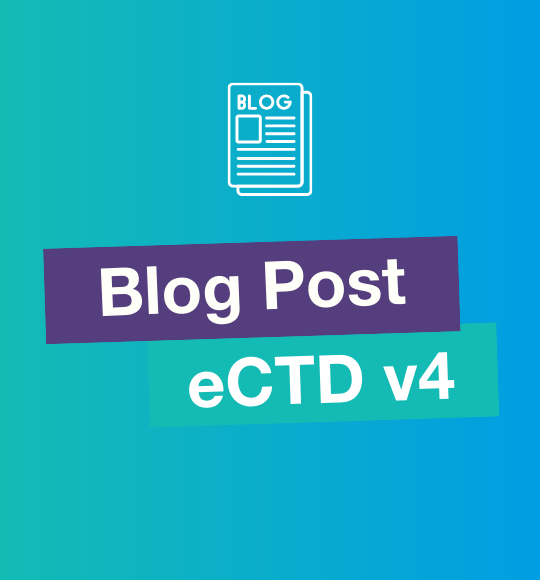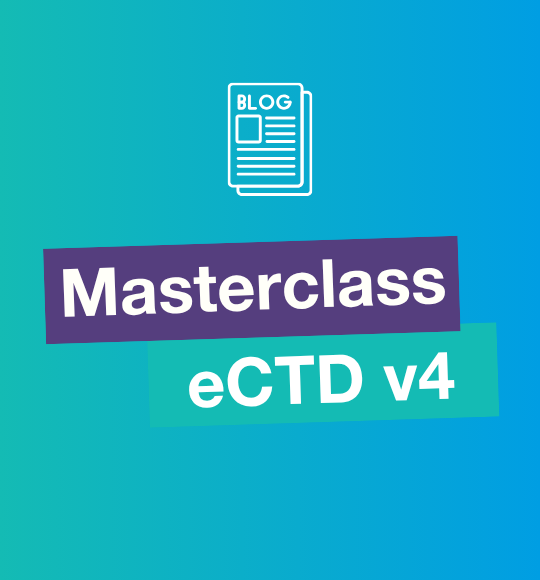Questions to consider internally before moving to the cloud
Like any major business decision, you want to cover all bases before making the move. Below are a few questions to consider before making the move to the cloud that could impact your business before, during, and after the move. This will ensure that you and your employees are on the same page and help foster a smooth transition.
What are your current costs, and how much can you save?
Before you increase your company’s overheads, you may want to take stock of where you stand, where you can save, and where you will need to spend more money. While investing in the cloud does require some initial capital investment, there are many other areas that will save you money in the long run.
Considerations for this include hardware and software costs, validation costs, and operation management like security updates, and patches, to name a few. You will also need to account for the level of cloud service you will require and limitations such as space, accessibility, and support to inform your decision-making.
After these considerations, it’s important to note where you will save money in the long term and compare it with your current costs and acquaintance fees in order to provide for the change.
What is the best way to migrate my data from my current solution to the cloud?
Many providers will assist with this, but it helps to establish a migration strategy beforehand, especially when dealing with substantial amounts of sensitive data. You can use many tools and applications for this, but training, patience, and extreme attention to detail are critical for this process.
Considering how you will migrate also includes introducing and changing some roles within your organization to better support the cloud and the migration itself. These roles include technical support, IT managers, system administrators, and data analysts, for example.
How good a fit is your new provider?
Any decent cloud provider will have certifications and standards in place to protect and assure their clients. Keep a lookout for these when selecting your cloud provider, especially if you deal with sensitive and complex data.
The provider should have a roadmap of service development and how they plan to advance and improve their service. From here, you can assess if they’re heading in the right direction and if they’ll be compatible with your own goals in the long run. Topics such as compliance, fail-safe and disaster management tools, data security, and integrity checks should be on the list for life sciences companies.
Finally, you should keep a lookout for vendor lock-in tactics on the part of the provider. Some unethical providers put their clients in a position where they cannot easily transition to a competitor. Usually, these practices are a result of proprietary technologies that are incompatible with other vendors. However, it can also arise via processes or contractual constraints.
Conclusion
Seeking a cloud-computing solution for your company is never an easy task. However, it is a necessary one as technology and competitors evolve. This is no different for the life sciences industry.
As technology improves, so must companies, and migrating to the cloud is something that many companies in the life sciences industry are considering as an investment in the future. Taking the above three simple questions into account when migrating will help you make this transition smoother and with less frustration.
If you would like to find out more about cloud computing, all the benefits that it has to offer, such as better security, integrity, and convenience, and how it applies directly to the life sciences industry, contact EXTEDO to find out how you can fully embrace this new technology to its full potential.

.png)


